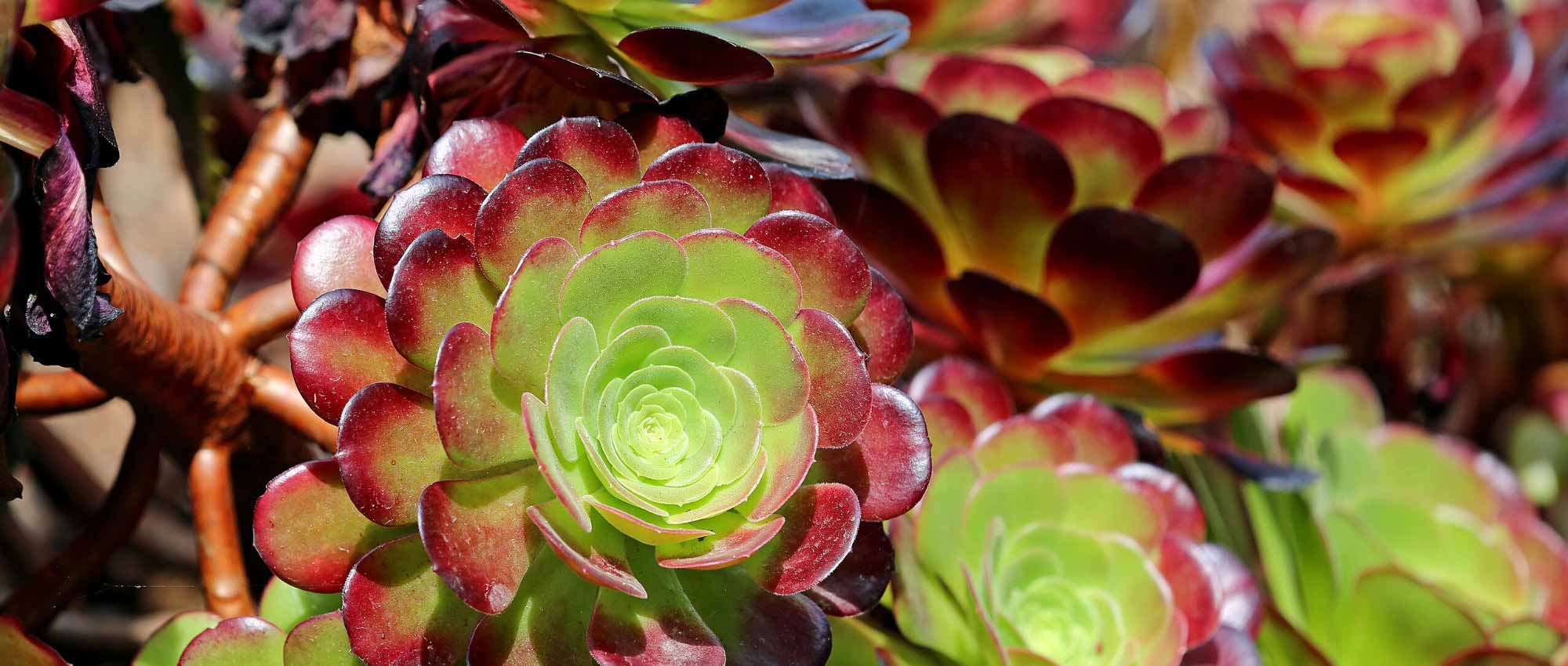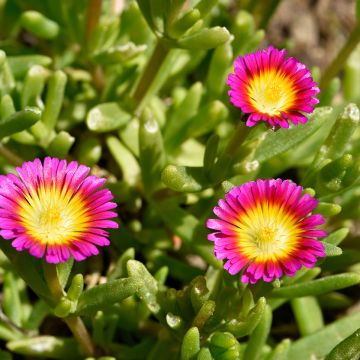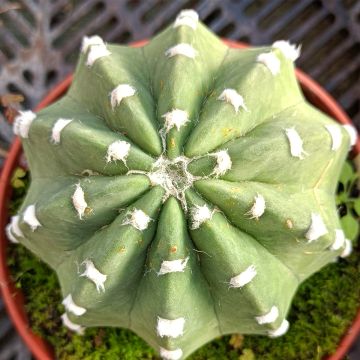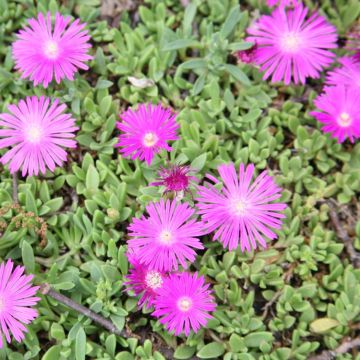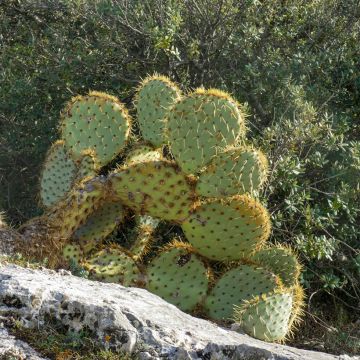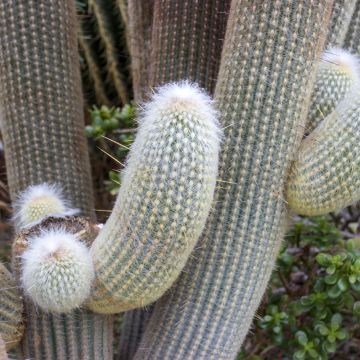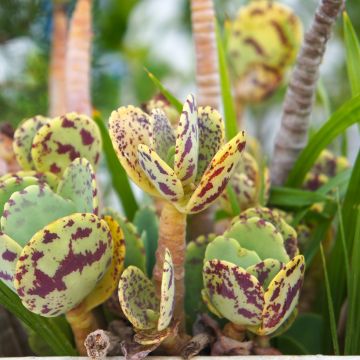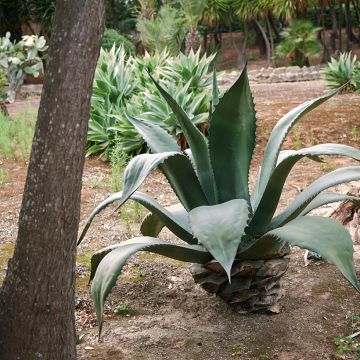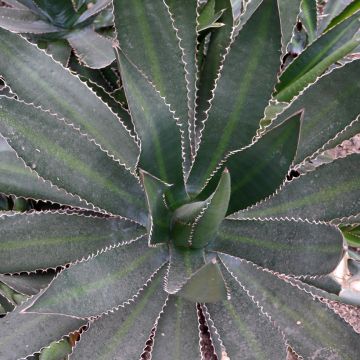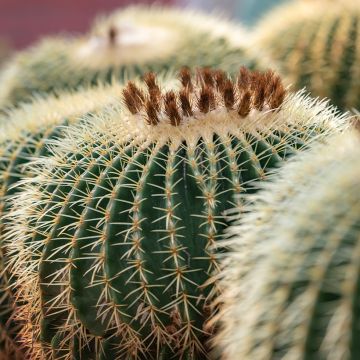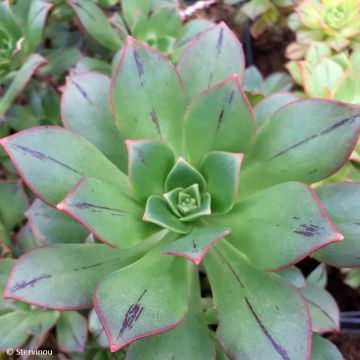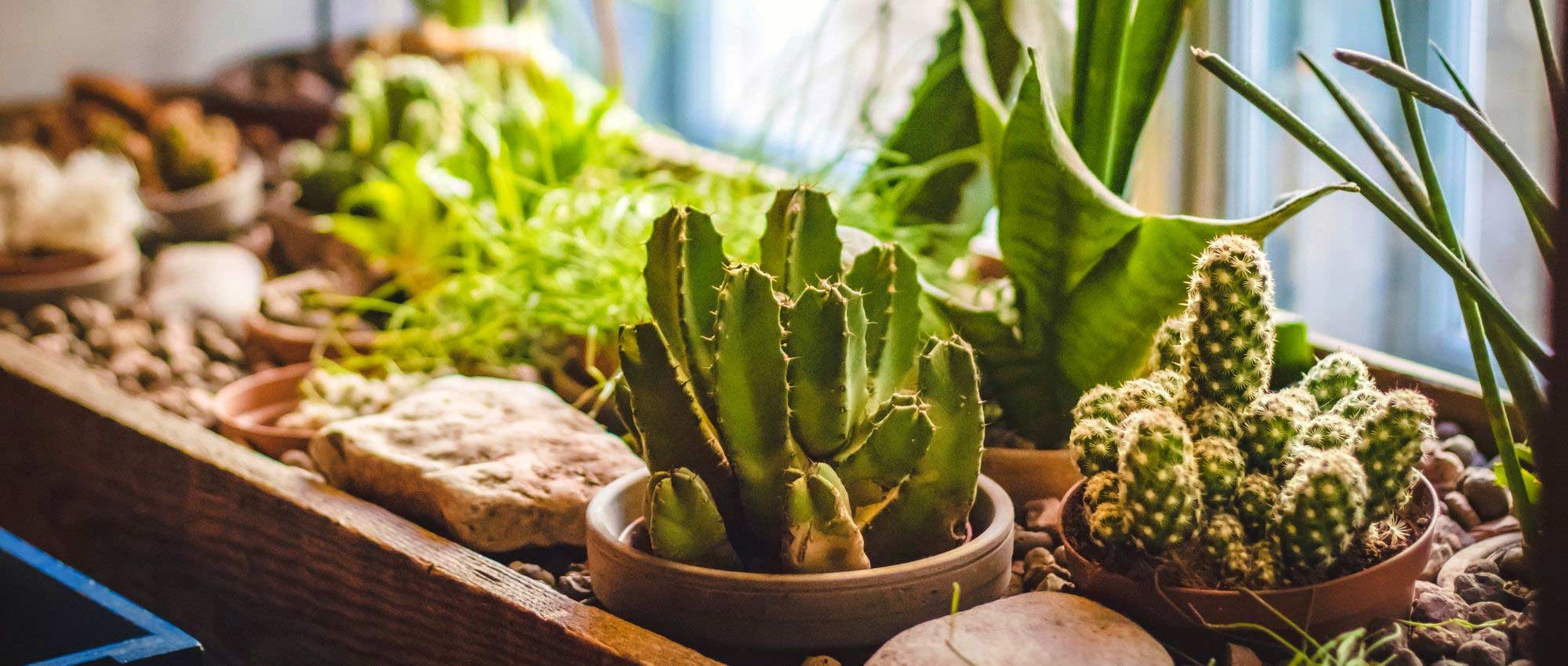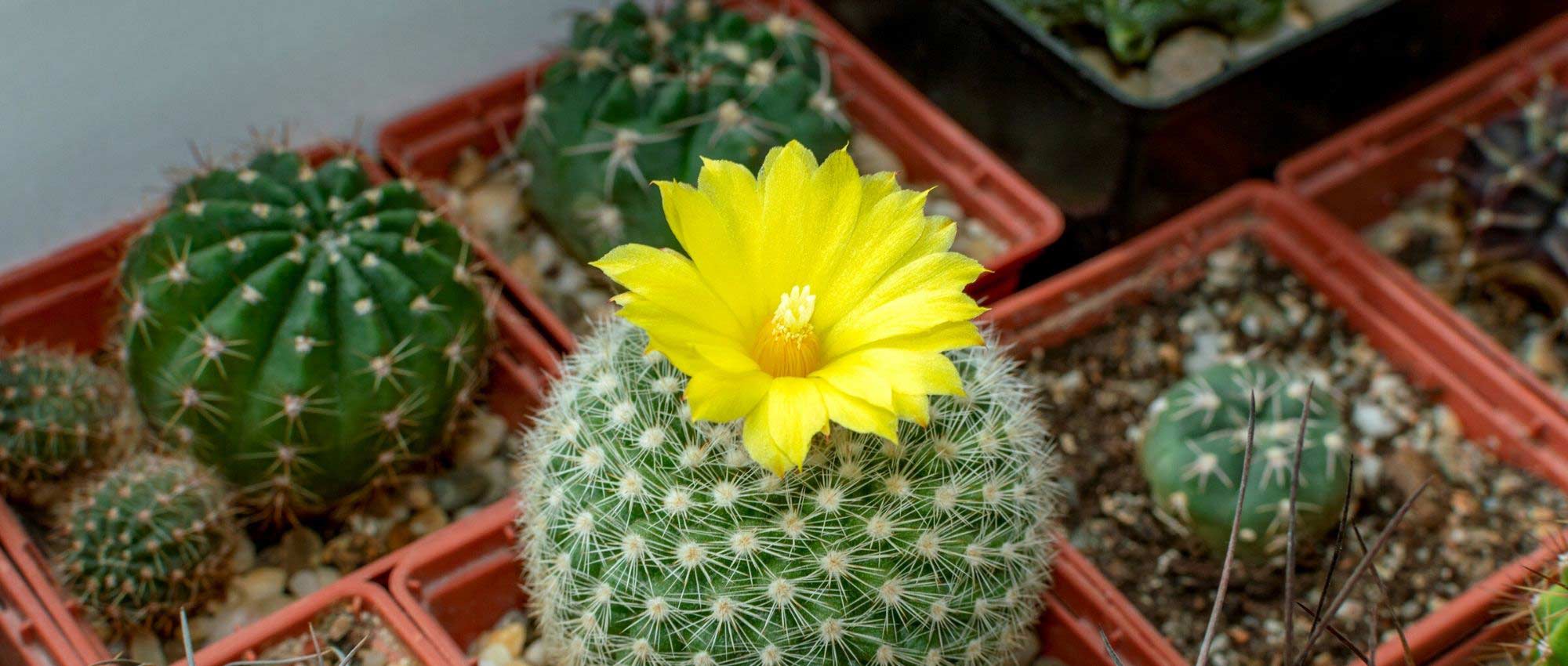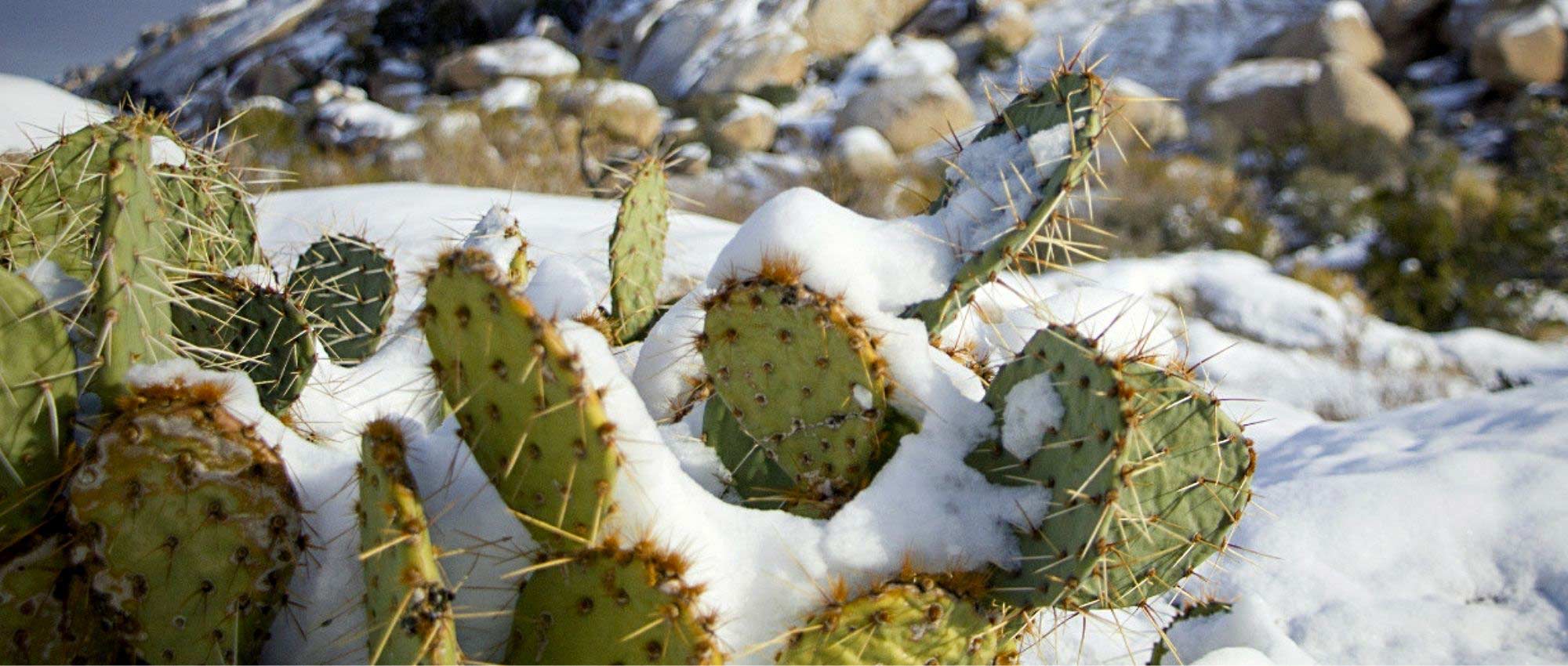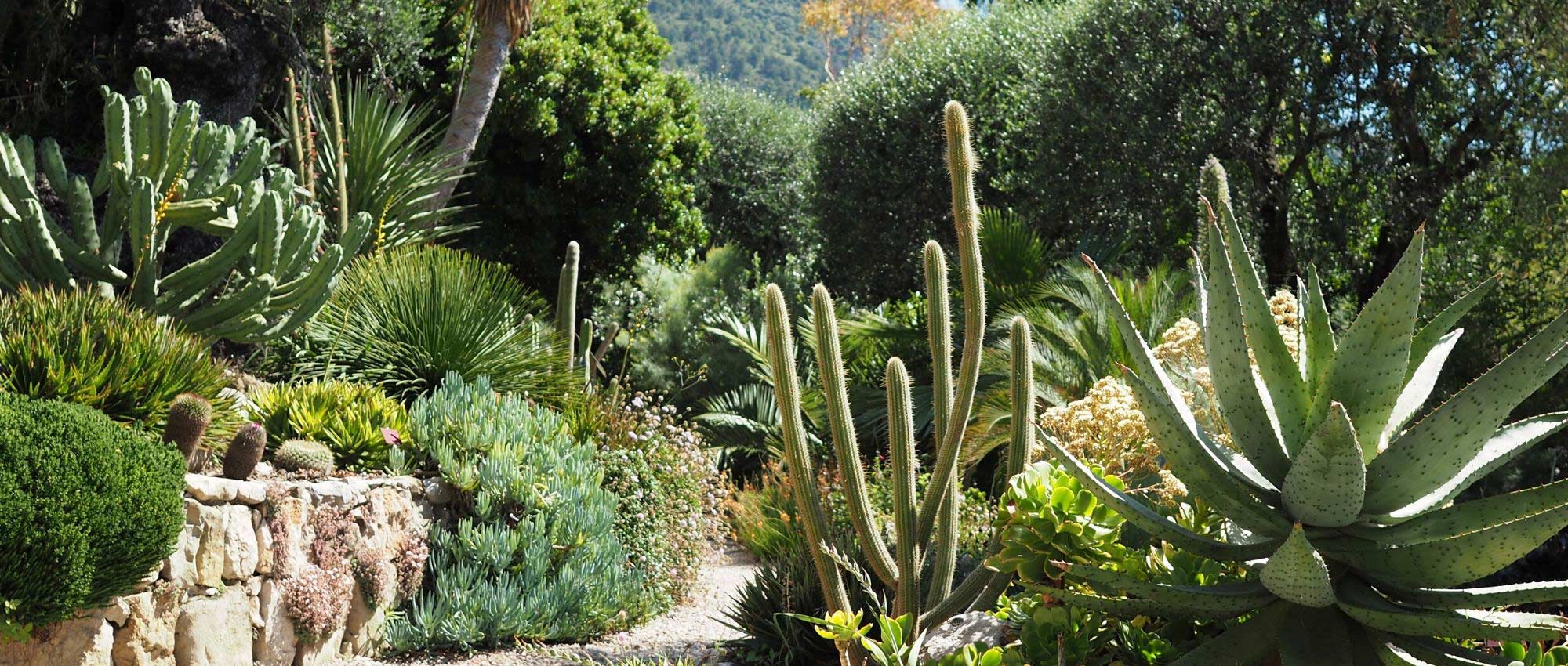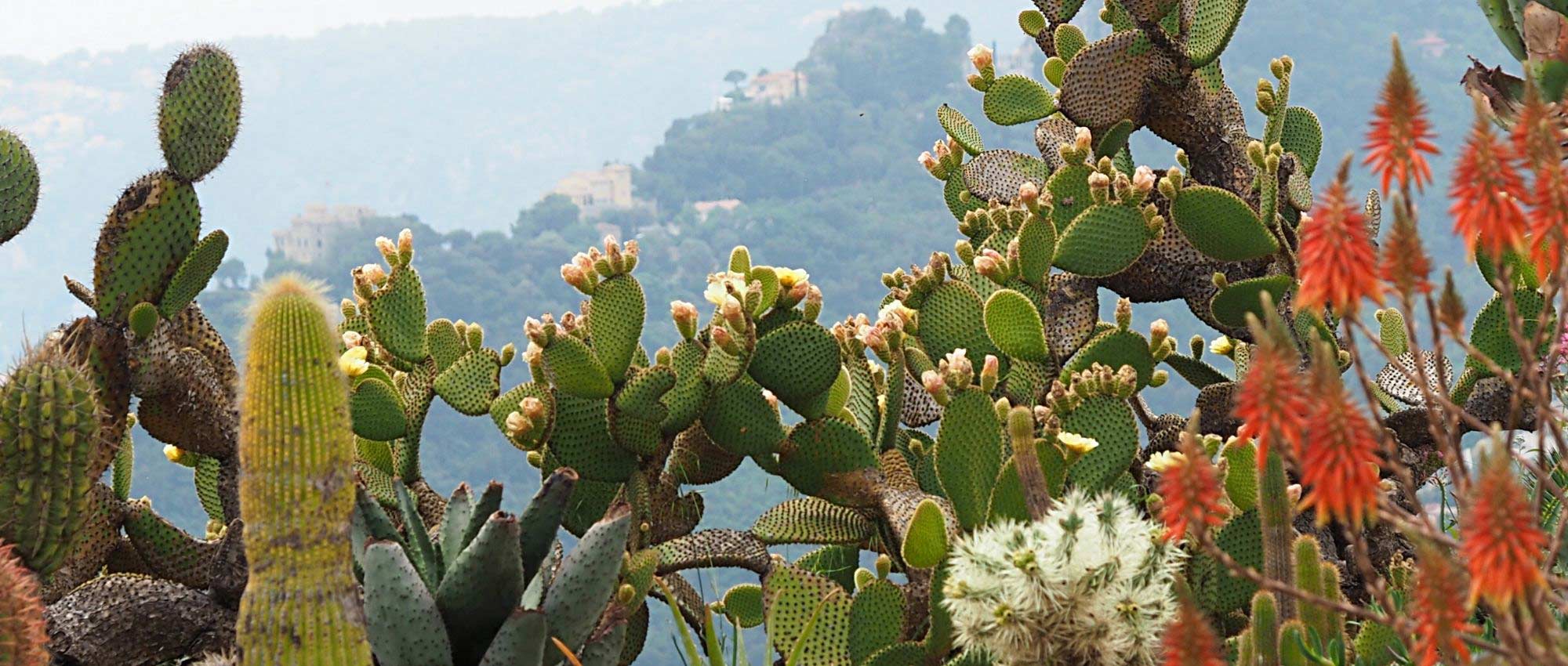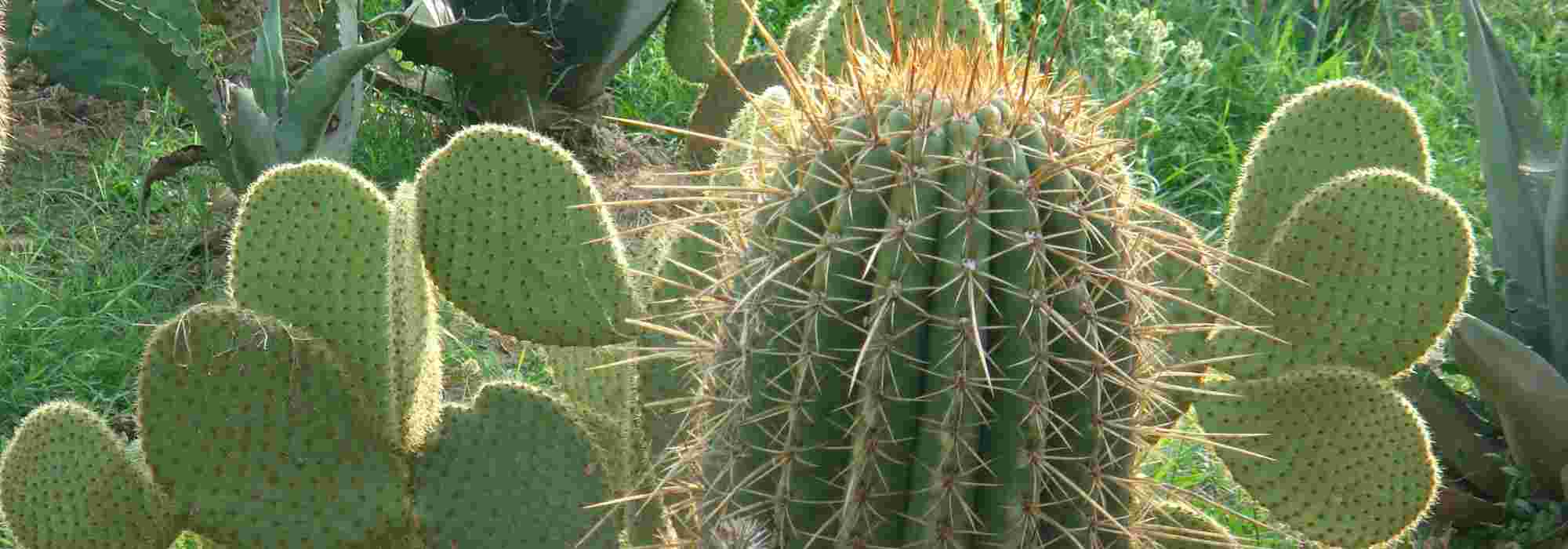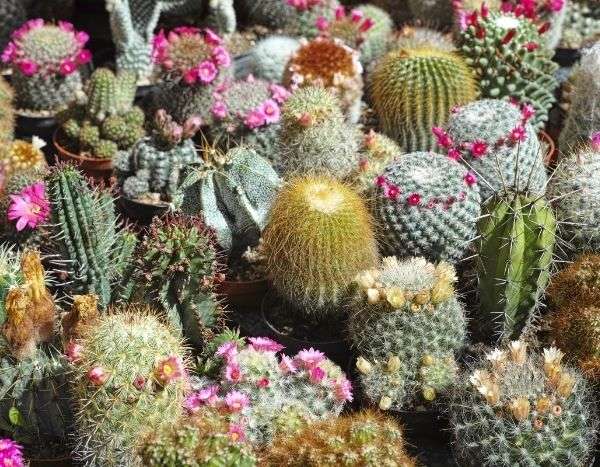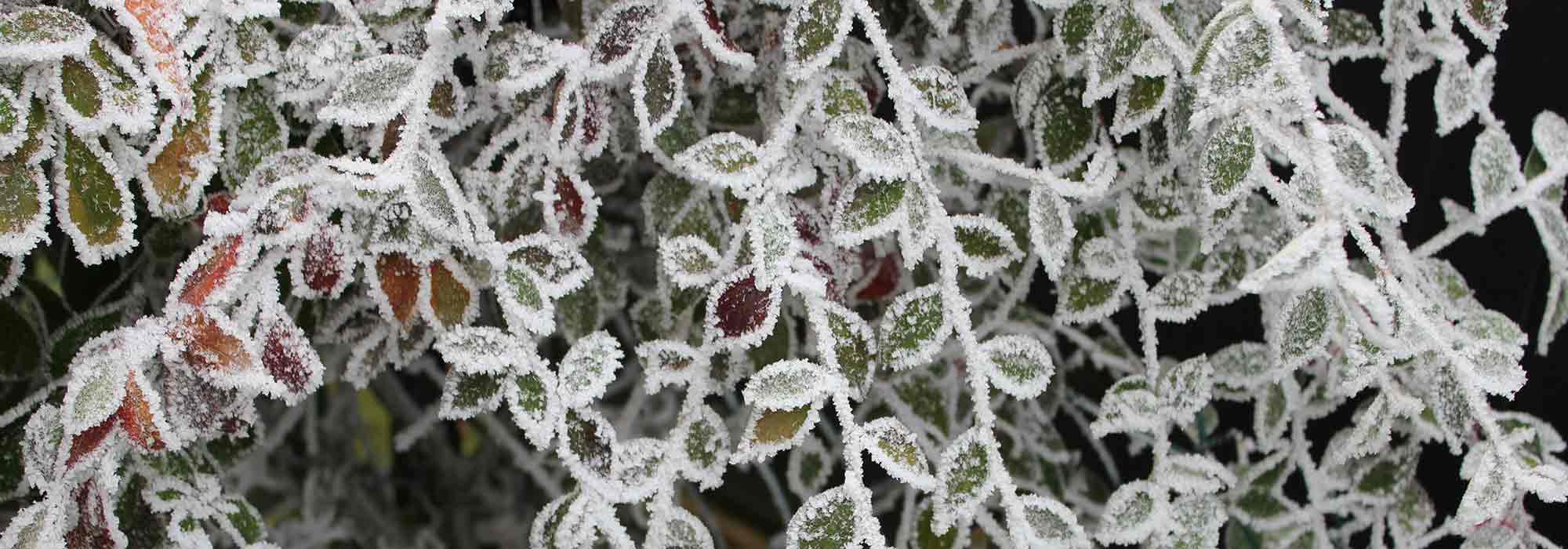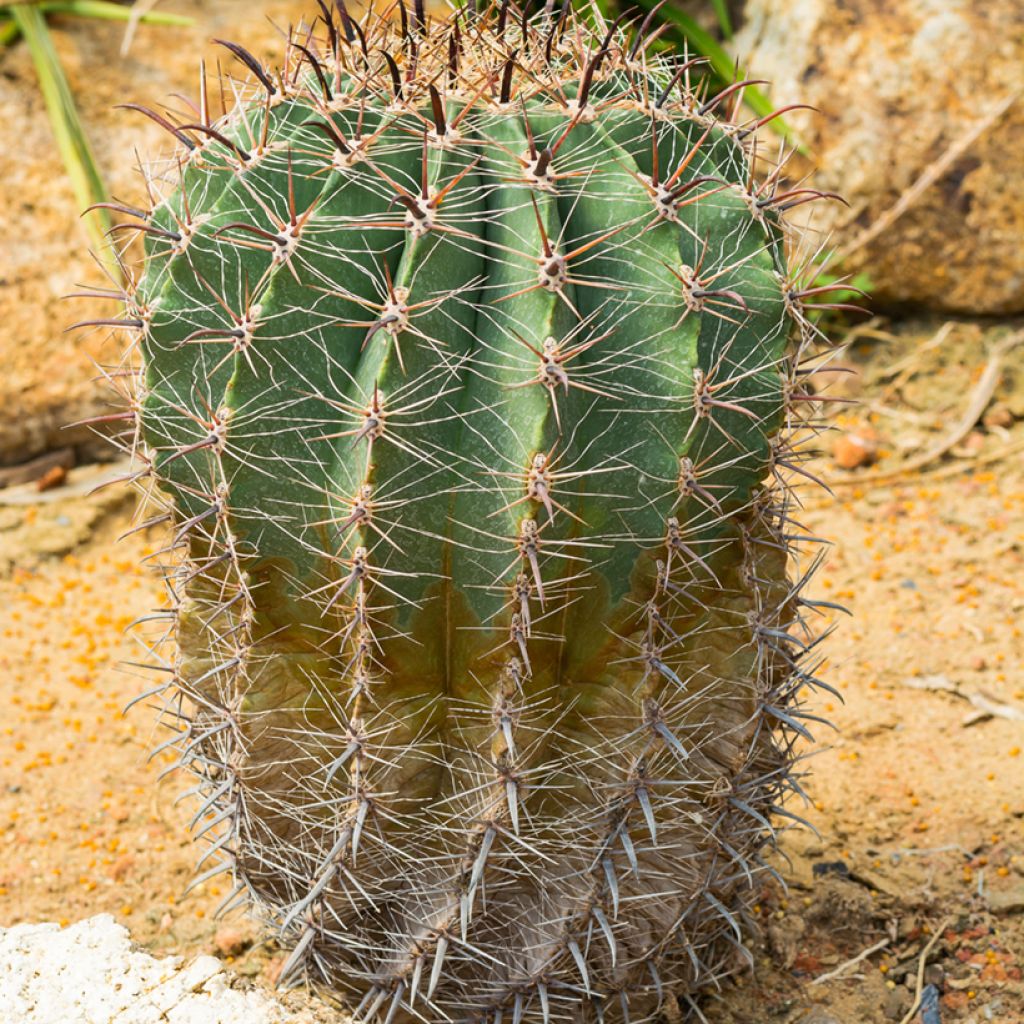

Ferocactus emoryi - Red barrel cactus
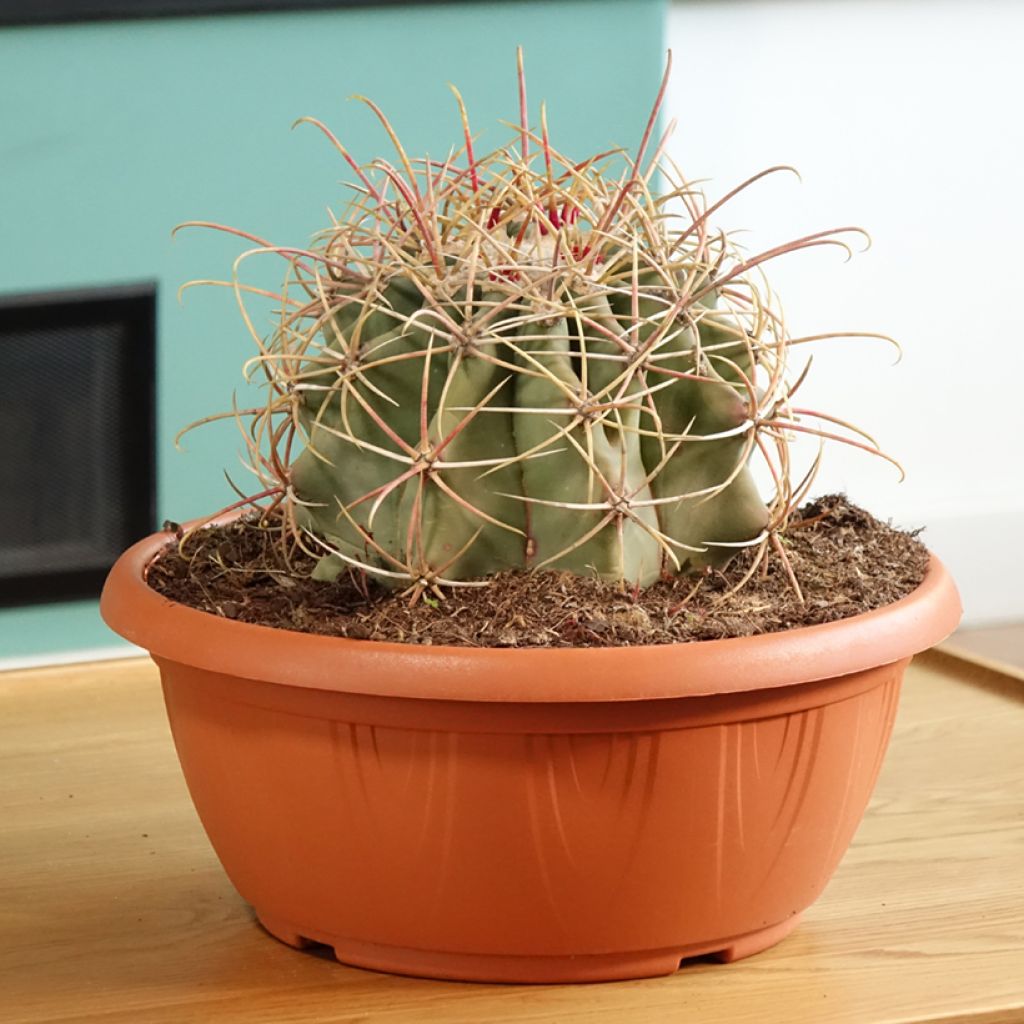

Ferocactus emoryi - Red barrel cactus
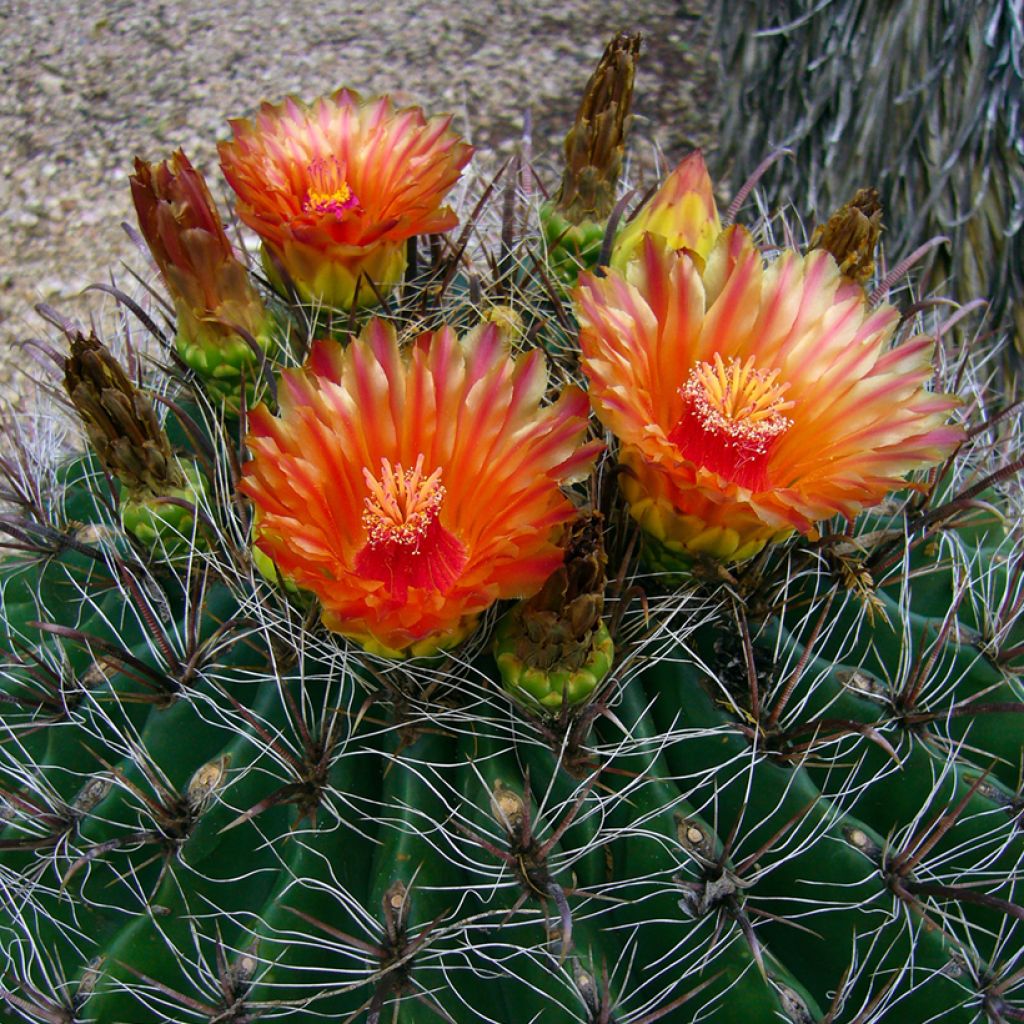

Ferocactus emoryi - Red barrel cactus
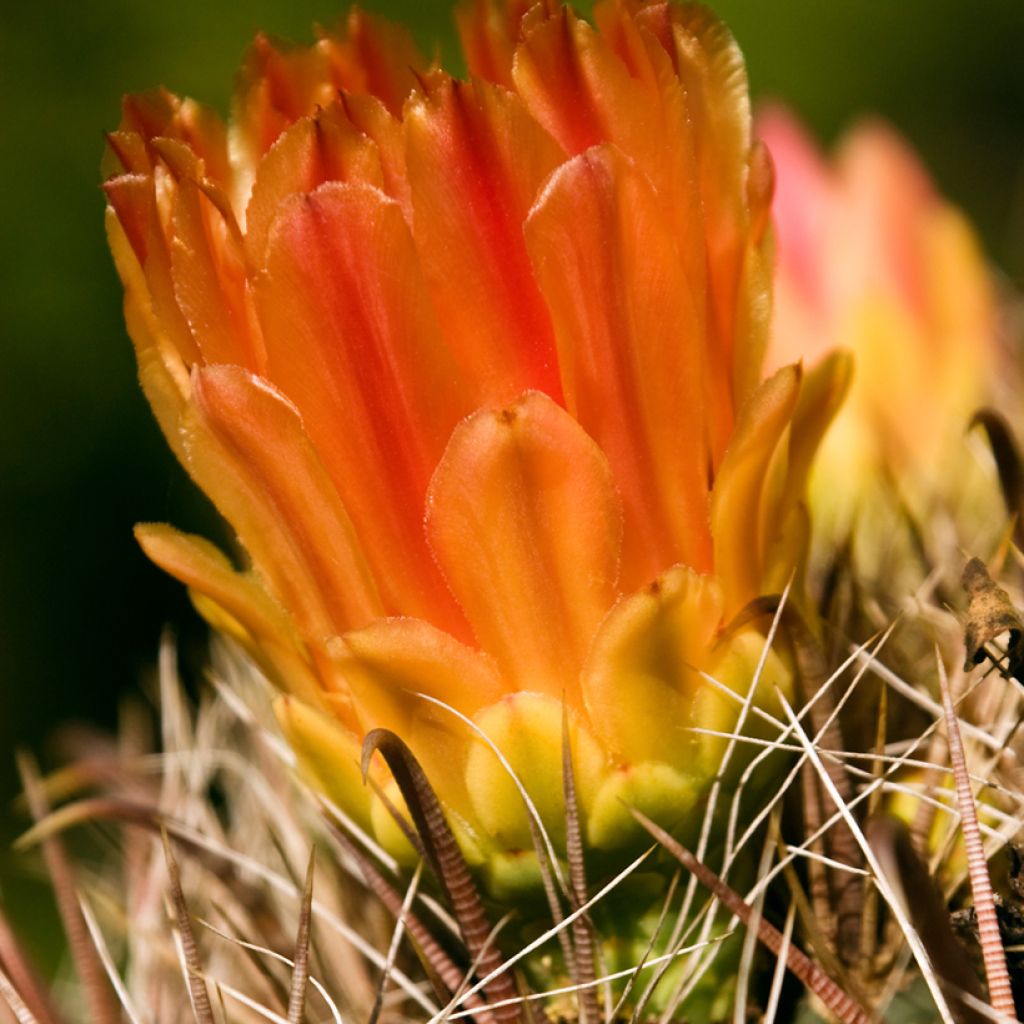

Ferocactus emoryi - Red barrel cactus
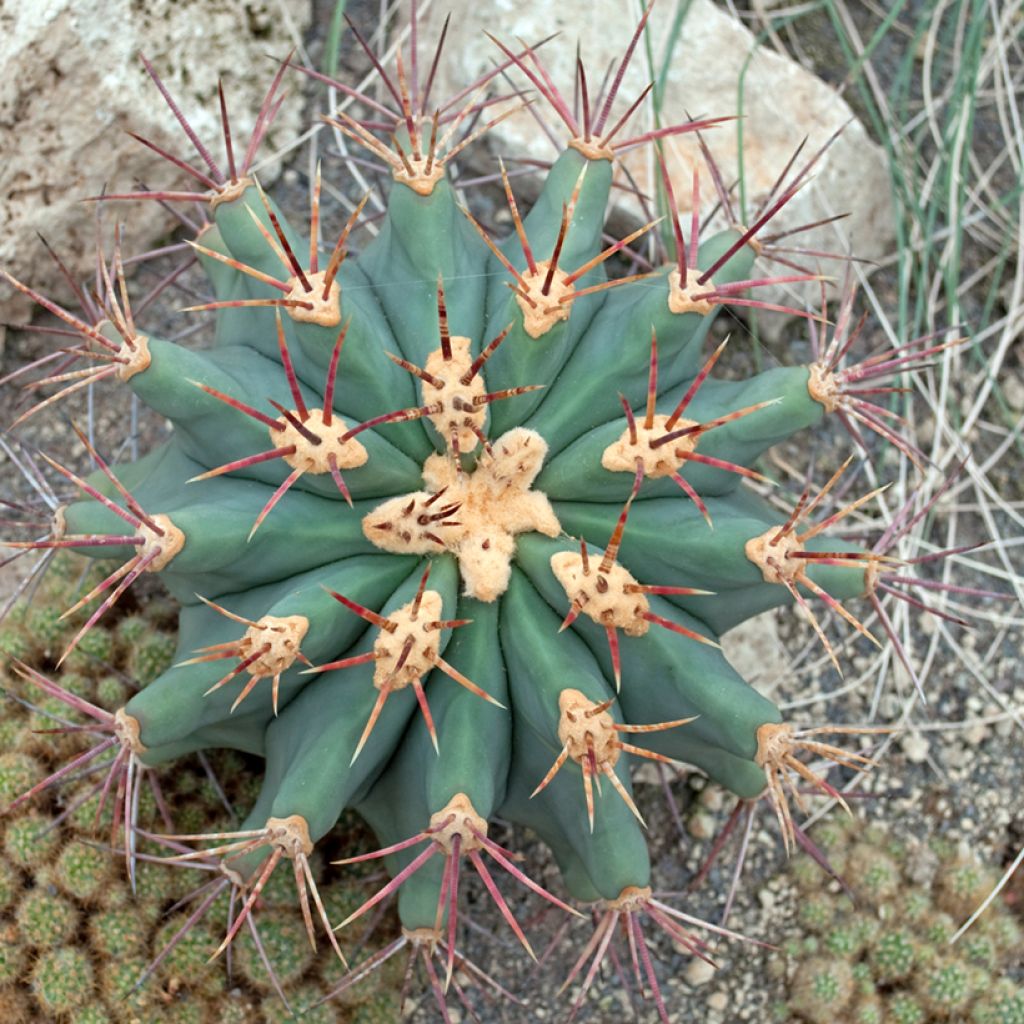

Ferocactus emoryi - Red barrel cactus
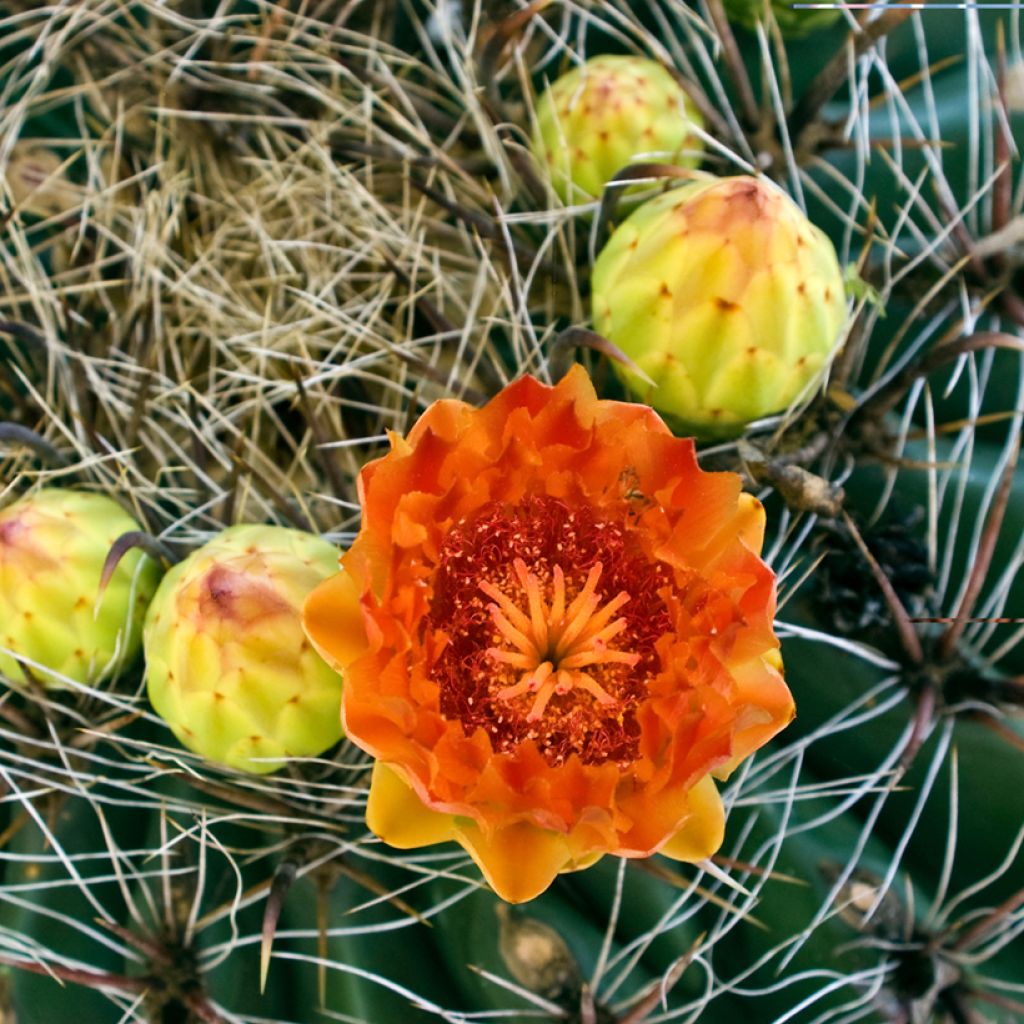

Ferocactus emoryi - Red barrel cactus
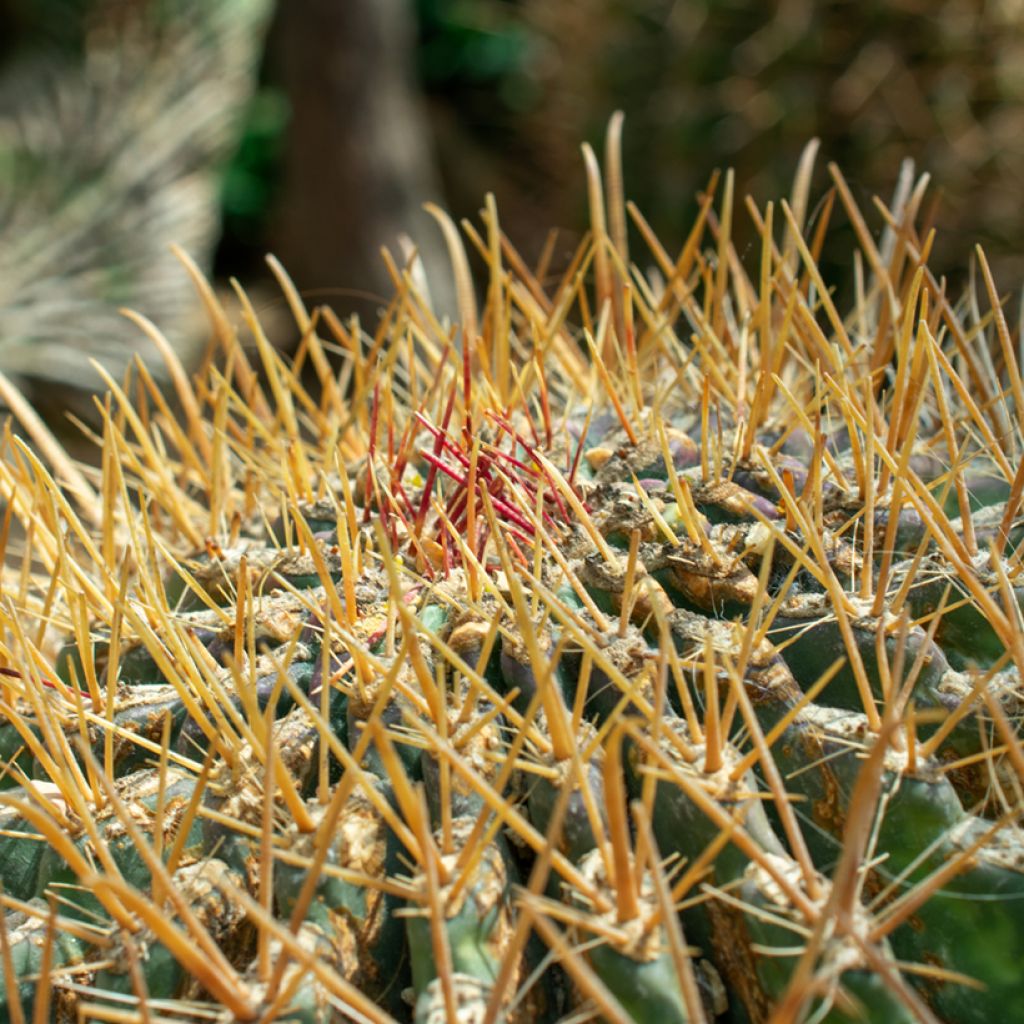

Ferocactus emoryi - Red barrel cactus
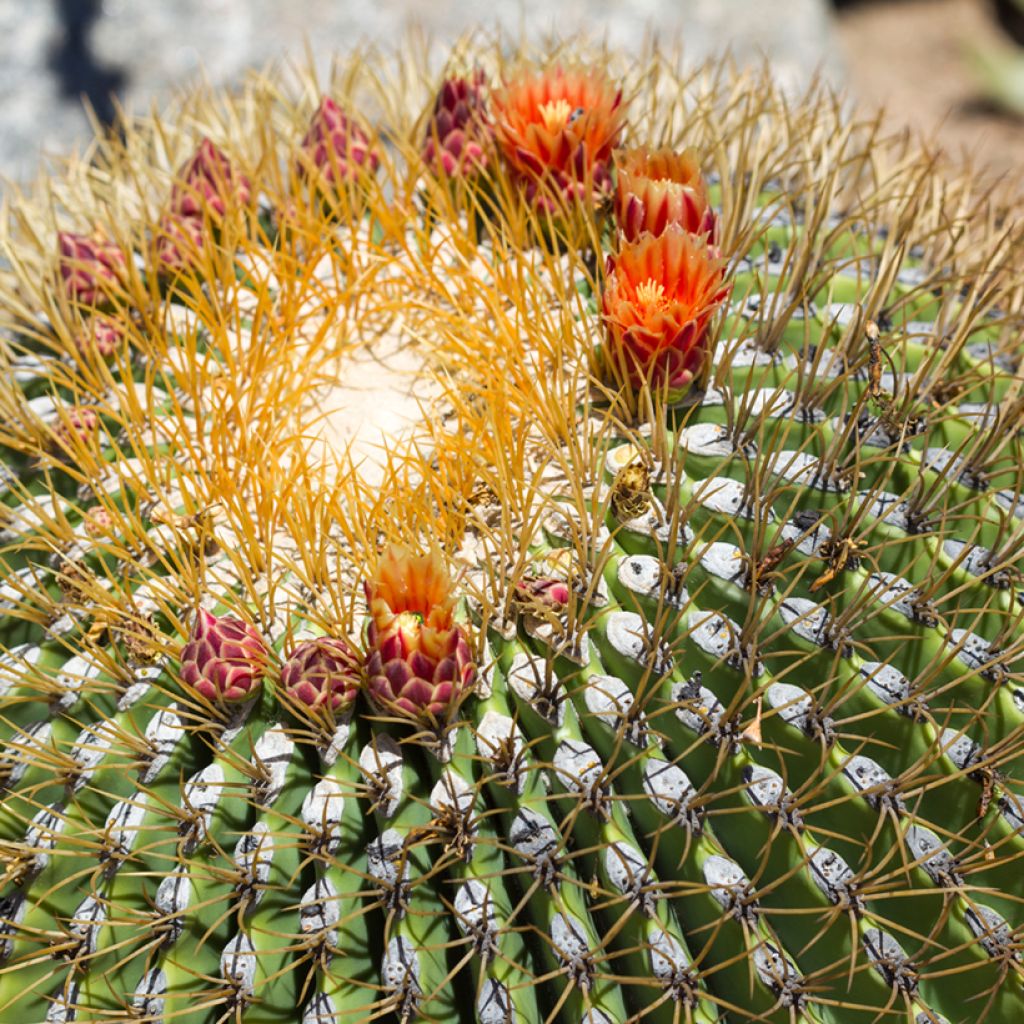

Ferocactus emoryi - Red barrel cactus
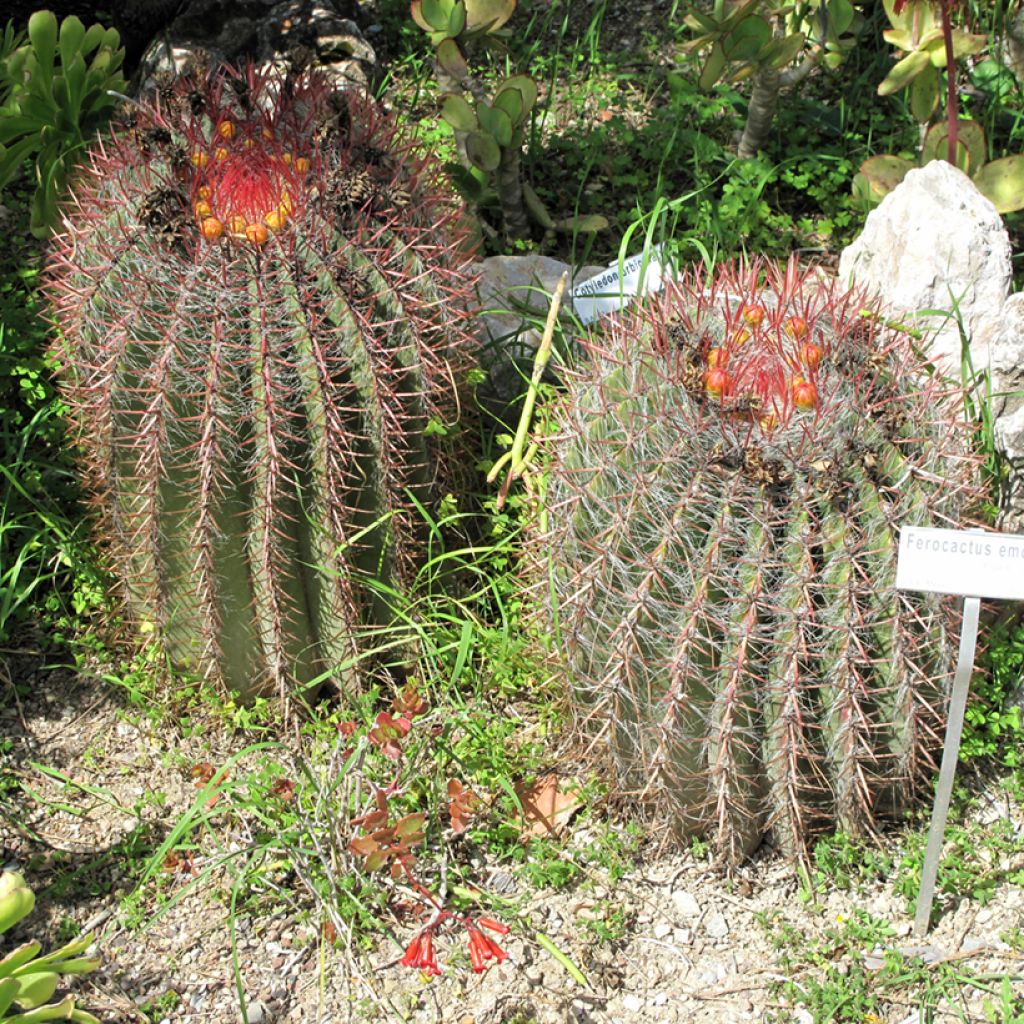

Ferocactus emoryi - Red barrel cactus
Ferocactus emoryi - Red barrel cactus
Ferocactus emoryi
Emory's barrel cactus, Coville's barrel cactus
Special offer!
Receive a €20 voucher for any order over €90 (excluding delivery costs, credit notes, and plastic-free options)!
1- Add your favorite plants to your cart.
2- Once you have reached €90, confirm your order (you can even choose the delivery date!).
3- As soon as your order is shipped, you will receive an email containing your voucher code, valid for 3 months (90 days).
Your voucher is unique and can only be used once, for any order with a minimum value of €20, excluding delivery costs.
Can be combined with other current offers, non-divisible and non-refundable.
Home or relay delivery (depending on size and destination)
Schedule delivery date,
and select date in basket
This plant carries a 12 months recovery warranty
More information
We guarantee the quality of our plants for a full growing cycle, and will replace at our expense any plant that fails to recover under normal climatic and planting conditions.
Would this plant suit my garden?
Set up your Plantfit profile →
Description
Ferocactus emoryi, a majestic solitary cactus from the arid deserts of North America, embodies the beauty of desert landscapes. This botanical giant, nicknamed the "red barrel cactus", forms a globular body that becomes cylindrical with age. Its epidermis, marked by pronounced midribs, is adorned with long, curved central thorns ranging from red to coppery brown. Under favourable conditions, mature specimens will produce a magnificent floral crown in summer. Like all cacti, it thrives in full sun, in perfectly drained soil, and tolerates extreme drought. Only suitable for outdoor planting on the protected Mediterranean coast, this cactus must be protected from cold and damp. Easy to cultivate, simply plant it in a pot placed in full sun and brought indoors during winter.
Ferocactus emoryi belongs to the Cactaceae family. It is a botanical species native to the arid regions of the southwestern United States, particularly Arizona, and the northwestern part of Mexico, including the states of Sonora, Sinaloa, and Baja California Sur. In the wild, it thrives on rocky slopes, hills, and sandy soils at altitudes ranging from sea level up to 1,200 m. Eventually, when planted outdoors, this barrel cactus can reach a height of 2.5 m and a diameter of about 1 m. Its growth is slow, and many years are required for the plant to reach its mature size. In cultivation, potted specimens remain more compact, reaching dimensions of around 50-70 cm in height, depending on the pot size. Ferocactus emoryi typically does not produce offsets, maintaining its solitary habit throughout its life. The body of the Ferocactus emoryi is a fleshy, light green to glaucous stem, with 15 to 30 well-defined midribs, sometimes knobbly in young specimens. The areoles, spaced 2 to 2.5 cm apart, are covered with brown wool and produce robust thorns. Each areole bears a flattened, dominant central thorn measuring between 4 and 10 cm in length, often curved or hooked, with colours ranging from white to reddish and brown-red. Around this central thorn, there are usually seven to nine shorter radial thorns, reaching up to 6 cm in length. Flowering is rare indoors, as the plant requires maximum sunlight to bloom. It only occurs in mature specimens. The flowers, typically appearing between spring and summer, are funnel-shaped, measuring up to 7.5 cm long and 5 to 7 cm in diameter. Their hue varies from red to yellow, sometimes with mahogany tones. In the wild, pollination is mainly carried out by insects, attracted by the bright colours and structure of the flowers. The resulting ovoid fruits are about 5 cm long and bright yellow, containing black seeds approximately 2 mm in diameter.
This species was used by the indigenous Seri people of the Sonoran Desert, who used certain parts of Ferocactus emoryi for medicinal purposes and used the young thorns for making facial paints.
Plant Ferocactus emoryi in a large rock garden or on an arid slope if your garden is located on the Mediterranean coast, where frosts do not exceed -6°C at their peak. It stands as a living sculpture, structuring the space with power and balance. It is also an excellent choice for a pot-grown cactus collection displayed on a sun-drenched terrace, a south-facing balcony, or a bright conservatory. Its slow growth and solitary habit make it perfectly suited to container cultivation, where it can be easily moved for frost-free overwintering. Pair it with other cacti and succulents. Aloe polyphylla, which forms a rosette of fleshy leaves arranged in a spiral, complements an exotic composition inspired by Mexican landscapes.
Ferocactus emoryi - Red barrel cactus in pictures
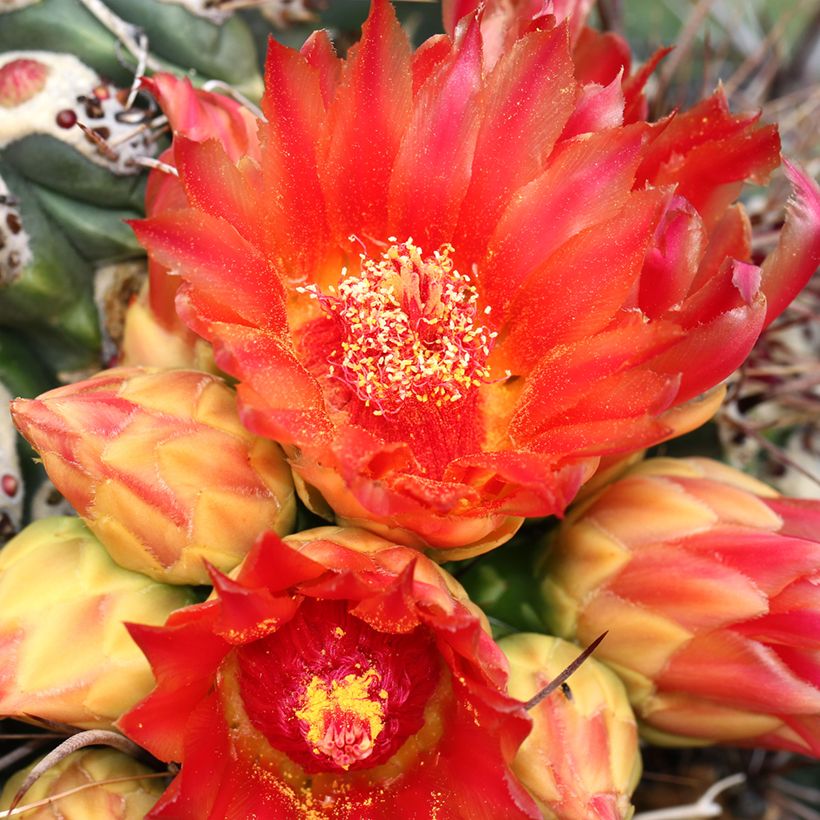

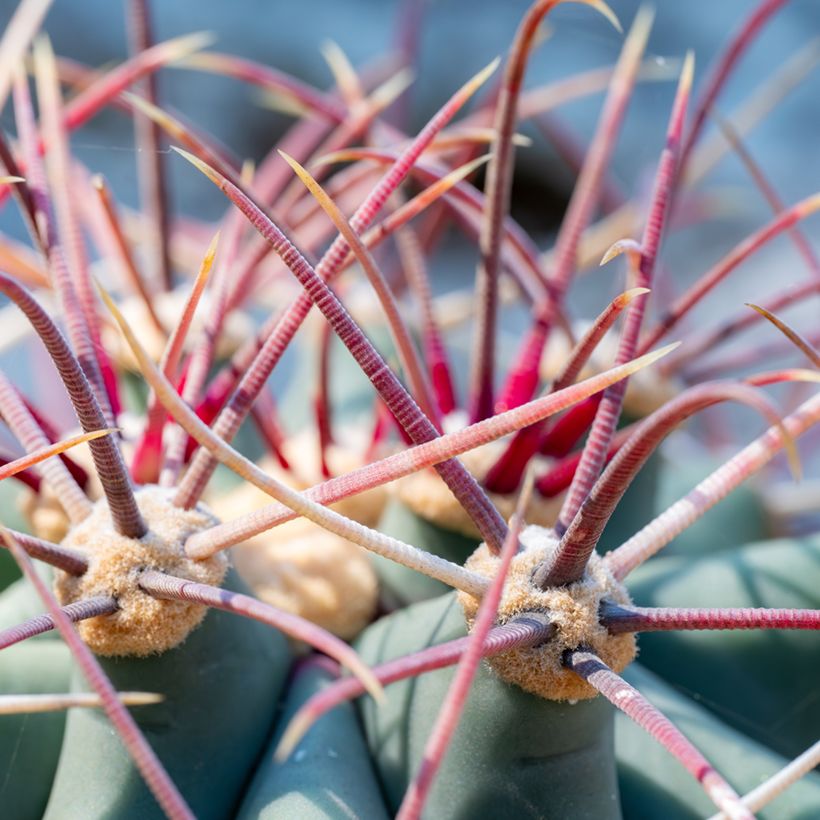

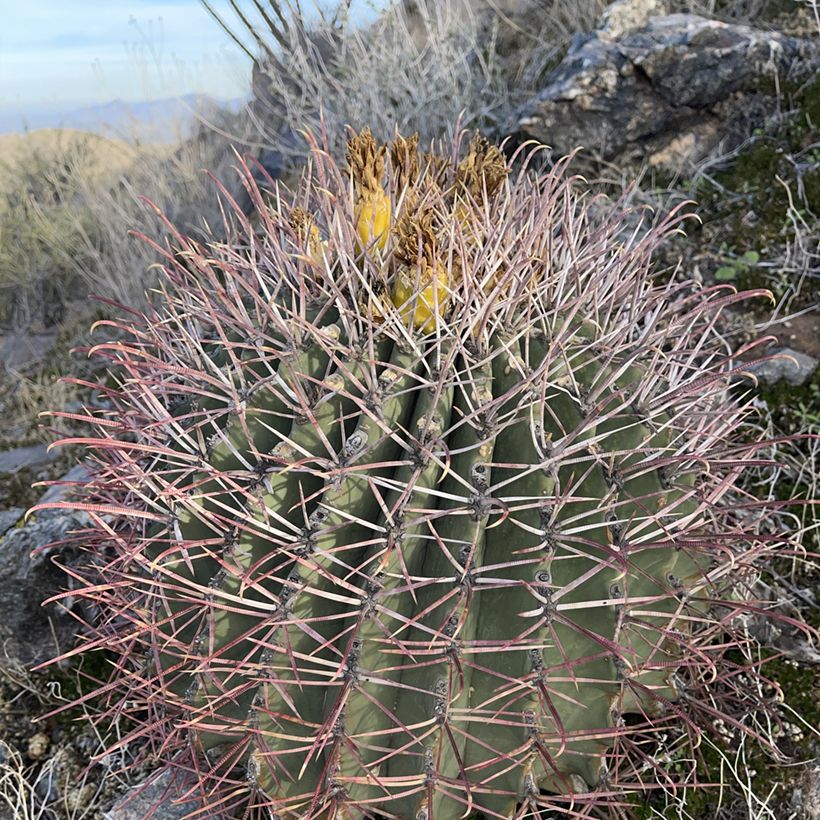

Flowering
Foliage
Plant habit
Botanical data
Ferocactus
emoryi
Cactaceae
Emory's barrel cactus, Coville's barrel cactus
Echinocactus emoryi, Echinocactus covillei, Ferocactus covillei
North America
Other Cacti and succulents
View all →Planting and care
To cultivate Ferocactus emoryi, whether in a pot or in the ground, it is essential to replicate its natural arid habitat conditions as closely as possible.
In a pot, use a well-draining substrate composed of compost, coarse sand, and perlite. Place the pot in full sun. Water moderately during the growth season, allowing the substrate to dry out between waterings, and reduce watering in autumn until stopping completely in winter.
In the ground, this species is only suitable for regions with mild and short frosts, in very dry and perfectly well-drained soil. Plant your Ferocactus in a very sunny spot, sheltered from excess moisture. Protection against winter rainfall may be necessary to prevent root rot. Placing a layer of gravel or volcanic stones around the base of the cactus can also help limit moisture retention. In heavy winter rains, a transparent sloped cover, an open cold frame, or a lightweight plexiglass structure can be used to protect the plant while ensuring good ventilation. In a pot, simply place it under an overhang, in a cold greenhouse, or move it to a bright and dry location until milder temperatures return.
Planting period
Intended location
Care
Planting & care advice
This item has not been reviewed yet - be the first to leave a review about it.
Haven't found what you were looking for?
Hardiness is the lowest winter temperature a plant can endure without suffering serious damage or even dying. However, hardiness is affected by location (a sheltered area, such as a patio), protection (winter cover) and soil type (hardiness is improved by well-drained soil).

Photo Sharing Terms & Conditions
In order to encourage gardeners to interact and share their experiences, Promesse de fleurs offers various media enabling content to be uploaded onto its Site - in particular via the ‘Photo sharing’ module.
The User agrees to refrain from:
- Posting any content that is illegal, prejudicial, insulting, racist, inciteful to hatred, revisionist, contrary to public decency, that infringes on privacy or on the privacy rights of third parties, in particular the publicity rights of persons and goods, intellectual property rights, or the right to privacy.
- Submitting content on behalf of a third party;
- Impersonate the identity of a third party and/or publish any personal information about a third party;
In general, the User undertakes to refrain from any unethical behaviour.
All Content (in particular text, comments, files, images, photos, videos, creative works, etc.), which may be subject to property or intellectual property rights, image or other private rights, shall remain the property of the User, subject to the limited rights granted by the terms of the licence granted by Promesse de fleurs as stated below. Users are at liberty to publish or not to publish such Content on the Site, notably via the ‘Photo Sharing’ facility, and accept that this Content shall be made public and freely accessible, notably on the Internet.
Users further acknowledge, undertake to have ,and guarantee that they hold all necessary rights and permissions to publish such material on the Site, in particular with regard to the legislation in force pertaining to any privacy, property, intellectual property, image, or contractual rights, or rights of any other nature. By publishing such Content on the Site, Users acknowledge accepting full liability as publishers of the Content within the meaning of the law, and grant Promesse de fleurs, free of charge, an inclusive, worldwide licence for the said Content for the entire duration of its publication, including all reproduction, representation, up/downloading, displaying, performing, transmission, and storage rights.
Users also grant permission for their name to be linked to the Content and accept that this link may not always be made available.
By engaging in posting material, Users consent to their Content becoming automatically accessible on the Internet, in particular on other sites and/or blogs and/or web pages of the Promesse de fleurs site, including in particular social pages and the Promesse de fleurs catalogue.
Users may secure the removal of entrusted content free of charge by issuing a simple request via our contact form.
The flowering period indicated on our website applies to countries and regions located in USDA zone 8 (France, the United Kingdom, Ireland, the Netherlands, etc.)
It will vary according to where you live:
- In zones 9 to 10 (Italy, Spain, Greece, etc.), flowering will occur about 2 to 4 weeks earlier.
- In zones 6 to 7 (Germany, Poland, Slovenia, and lower mountainous regions), flowering will be delayed by 2 to 3 weeks.
- In zone 5 (Central Europe, Scandinavia), blooming will be delayed by 3 to 5 weeks.
In temperate climates, pruning of spring-flowering shrubs (forsythia, spireas, etc.) should be done just after flowering.
Pruning of summer-flowering shrubs (Indian Lilac, Perovskia, etc.) can be done in winter or spring.
In cold regions as well as with frost-sensitive plants, avoid pruning too early when severe frosts may still occur.
The planting period indicated on our website applies to countries and regions located in USDA zone 8 (France, United Kingdom, Ireland, Netherlands).
It will vary according to where you live:
- In Mediterranean zones (Marseille, Madrid, Milan, etc.), autumn and winter are the best planting periods.
- In continental zones (Strasbourg, Munich, Vienna, etc.), delay planting by 2 to 3 weeks in spring and bring it forward by 2 to 4 weeks in autumn.
- In mountainous regions (the Alps, Pyrenees, Carpathians, etc.), it is best to plant in late spring (May-June) or late summer (August-September).
The harvesting period indicated on our website applies to countries and regions in USDA zone 8 (France, England, Ireland, the Netherlands).
In colder areas (Scandinavia, Poland, Austria...) fruit and vegetable harvests are likely to be delayed by 3-4 weeks.
In warmer areas (Italy, Spain, Greece, etc.), harvesting will probably take place earlier, depending on weather conditions.
The sowing periods indicated on our website apply to countries and regions within USDA Zone 8 (France, UK, Ireland, Netherlands).
In colder areas (Scandinavia, Poland, Austria...), delay any outdoor sowing by 3-4 weeks, or sow under glass.
In warmer climes (Italy, Spain, Greece, etc.), bring outdoor sowing forward by a few weeks.


































